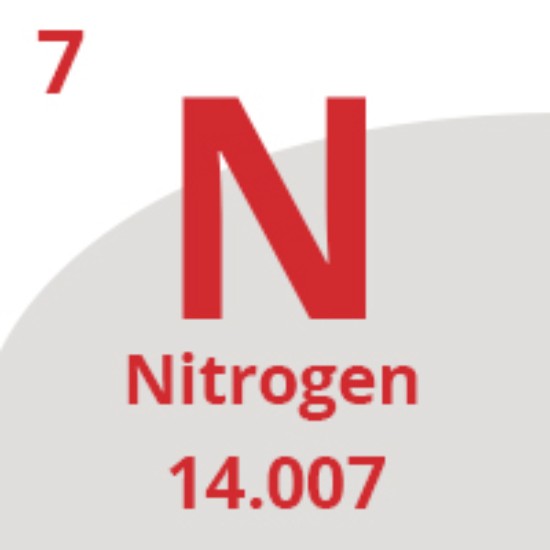
It has been established that replacing Oxygen with Nitrogen in your sprinkler pipes will reduce, or even stop, corrosion; thus, significantly extending the service life of your sprinkler pipes, and reducing maintenance and repair costs.
Since the solution to corrosion is nitrogen, the question becomes how to produce and inject Nitrogen into your fire sprinkler system. There are two methods for Nitrogen generation, Membrane technology and PSA technology.
Membrane Technology
Nitrogen generating membranes line the fire sprinkler pipes and generates gaseous Nitrogen on-site. The polymeric hollow fiber, which makes up the membrane, permeates oxygen, water vapor, and impurities out of sidewalls, allowing Nitrogen to flow through its center. Membranes require a minimum of 125 PSI of clean, dry compressed air. A refrigerated air dryer will ensure clean and dry air is reaching the membranes. This is important for increasing the lifespan of the membrane, as properly designed and maintained membranes can have a lifespan of 8 to 13 years.
PSA Technology
Pressure Swing Absorption (PSA) technology has vessels full of Carbon Molecular Sieve (CMS). Under high pressure, CMS absorbs impurities, allowing Nitrogen to pass through and into the Nitrogen receiver tank. This is an efficient way to generate nitrogen as it has an air to nitrogen ratio of 2:1, while the ratio for membranes is 3:1. It has a greater longevity and performance as the lifecycle before re-nourishment is 20-25 years. It holds 98%+ purity for longer and outputs 39% more nitrogen production. PSA technology also requires 46% less air compressor load, which will significantly increase the life of your air compressor.
Complimentary Technology for Corrosion Protection
High purity Nitrogen must be equally distributed throughout the entire sprinkler piping system in order to effectively inhibit corrosion. An automatic, pneumatic vent should be installed at each riser of your fire sprinkler system to provide a low volume, constant purge of Nitrogen throughout each fire protection system. This vent also provides a testing point for monitoring Nitrogen levels in the system.
A portable, nitrogen purity sensor is a hand-held device that can be connected to your pneumatic vent or at any system sampling port to verify the desired levels of Nitrogen are being achieved throughout the sprinkler system piping.
For large systems, or systems that are monitored offsite, you have the option of utilizing an electronic manifold that can monitor each Zone of your system and track a daily sampling of Nitrogen levels. If purity does not meet specifications during a sampling phase, the manifold will cause the Nitrogen vents to remain open for a continual purge until the next sampling phase. You Nitrogen generator will provide the Zone with more Nitrogen until purity specifications are met.
You can learn about corrosion solutions for Wet and Dry/Pre-Action systems, or the length of service life extension for specific steel types, at A1’s Blog.
